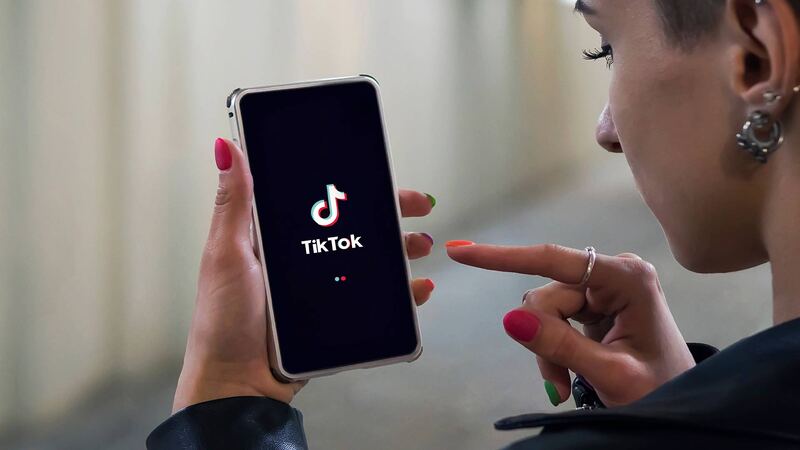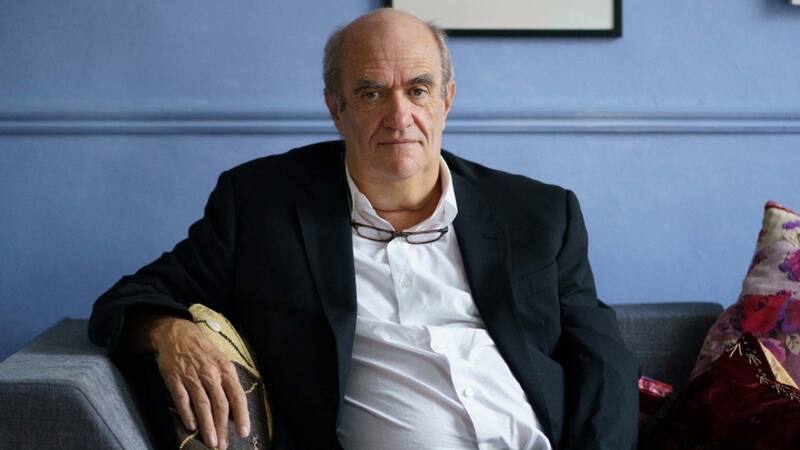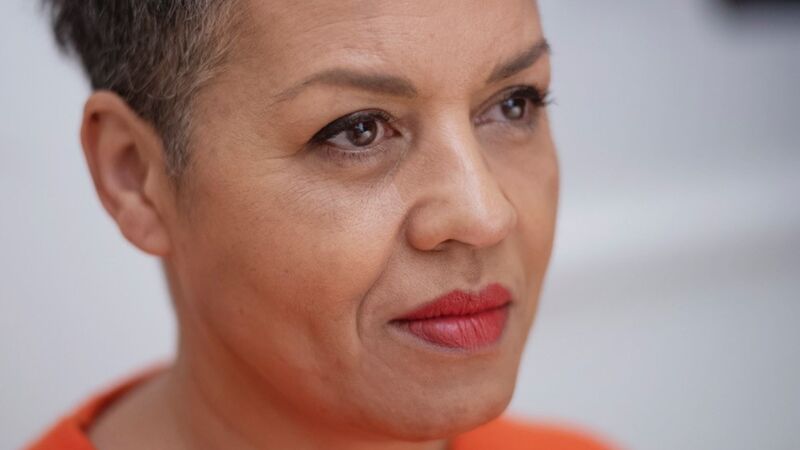You are viewing your 1 free article this month. Login to read more articles.
Publishers split on value of sensitivity readers following Boyne criticism
Many publishing insiders have praised the use of "sensitivity readers" in children’s and YA books, however two authors who used them or similar services in recent months were still criticised for transphobia and cultural appropriation.
Sensitivity reading can be defined as readers from specific backgrounds, or those with particular life experiences reading manuscripts to help eliminate problematic and harmful representations. Their use originated in the US but they are increasingly popular in the UK, and several authors and editors told The Bookseller that they have used them or are using them for current projects.
Robin Stevens, the author of the Murder Most Unladylike series, said she employs them "as standard" whenever she is writing characters with backgrounds or life experiences different from her own. The feedback they give is usually over small details, such as what the character would or wouldn’t wear, but they sometimes express opinions over larger aspects of the book, for example the balance of characters of colour compared to white characters, Stevens said. But she stressed: "Sensitivity readers aren’t there to point out issues with entire stories. It’s the details that I rely on them for—feelings or experiences that my research might not have made me aware of. I do change as much as I can when I get their feedback. Their help makes my characters more vivid and that makes the worlds of my books more realistic. I think it’s incredibly important for all authors to create worlds as diverse as real life—in terms of race, sexuality and gender, ability, size, socio- economic class and so much more—and that’s what sensitivity readers can help with."
Darran Stobbart, an editor at Usborne, said the process was simply one of fact-checking. "A science-fiction writer needs to know how an object moves in zero gravity, or what a black hole looks like... a ‘cis’, white, able bodied writer should be doing exactly the same—doing their research." Usborne sends all of its non-fiction books to experts in the field and fiction should be "no different", he added, saying if an author gets something wrong they are reinforcing "harmful stereotypes" on their readers and spreading incorrect messages about marginalised people.
Belinda Rasmussen, publisher at Macmillan Children’s Books, said her team has recently started asking sensitivity readers, as well as colleagues from a diverse range of backgrounds, to look over certain texts and illustrations. "We are only too aware that as a predominantly white, middle-class industry—and we are not even close to being representative of every reader segment for which we publish—it is important that we do everything we can to make our books representative, more appropriate and more engaging for the widest and richest range of audiences possible."
Varied voices
Both Rasmussen and Stevens said the use of sensitivity readers did not mean publishers should stop looking to publish more diverse voices, a sentiment echoed by Aimée Felone (pictured above right), one of the founders of Knights Of, who said that the industry should instead find space for "authentic, own voices" and give people "permanent jobs rather than one-off payments for reading a manuscript".
Inclusive Minds, an industry collective dedicated to promoting diversity and inclusivity in children’s literature, said it had an issue with sensitivity reading as a practice because it happens too late in the publishing process. Authors should seek input earlier in the creative gestation—at the character and plot development stage, they said. They instead put authors in touch with "inclusive ambassadors" and encourage writers to work with their ambassadors earlier on in the process.
That was something YA author Patrice Lawrence (pictured above) did; she recently got in touch with Inclusive Minds because she wanted help on her new manuscript, which features a young black lesbian. "What would a character like this watch on TV? What are her cultural references? I want to write and represent the people I see on the streets of London," she said. For Lawrence, a sensitivity read, or a sweeping reading of a final text, feels "too broad. To really get under another person’s skin you have to put in the hours. You should think about why you really want to write this character—what can you bring to it?"
The use of sensitivity readers or a similar service does not mean, however, that a book will be well received. John Boyne’s latest YA novel, My Brother’s Name is Jessica (Puffin/Penguin Random House), was described as transphobic by campaigners on social media when it was published last month. Yet Boyne had used an Inclusive Minds ambassador (not a sensitivity reader Inclusive Minds was keen to stress) and talked to young transgender people and their families while writing the book, his publisher confirmed.
Zoë Marriott was also criticised for her novel The Hand, the Eye and the Heart, which is set in a fairytale China (Walker Books). Marriot used three sensitivity readers: two who looked at transgender representation and the other at Chinese culture and characters, and praised their "universally helpful" input, but was still accused of cultural appropriation. "Just because you had a sensitivity reader or readers from a particular group, that won’t stop other readers from within that group having a different reaction, which is as it should be," she said. "Unfortunately, that principle—that many different opinions are valid—is one that tends to be drowned out during a Twitter pile-on. There’s always a danger that the negative voices are the ones that shout loudest and that the discussion can become one-dimensional, with a single point of view being treated as ‘good’ and anyone who offers a differing perspective being attacked as ‘bad’. Reframing these debates as good versus evil is a worrying trend."
Toeing the line
Ben Illis, an agent, said more authors are using sensitivity readers because they are cautious about "putting a foot wrong" and then being attacked on Twitter. It is "right and proper" to make sure a book is correct, he said, but he expressed concerns that a sensitivity read could result in an edit that does the book a disservice.
"One client used a sensitivity reader who flagged a couple of things and the author decided to take a storyline out. That resulted in two TV companies who had been interested in the book saying they were no longer interested. The book became too middle-of-the-road. I’m nervous that we might one day be in a situation where authors are too nervous about tackling controversial subjects. That would be a shame."















